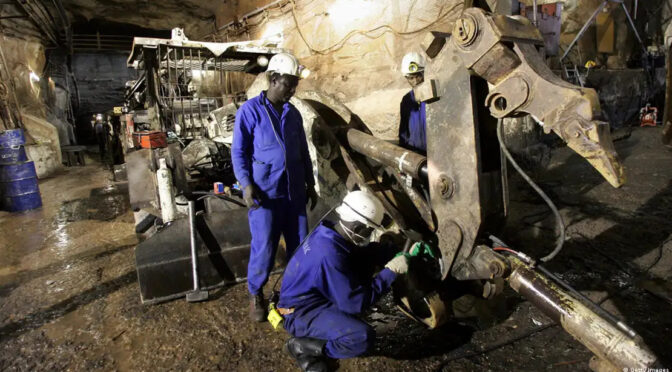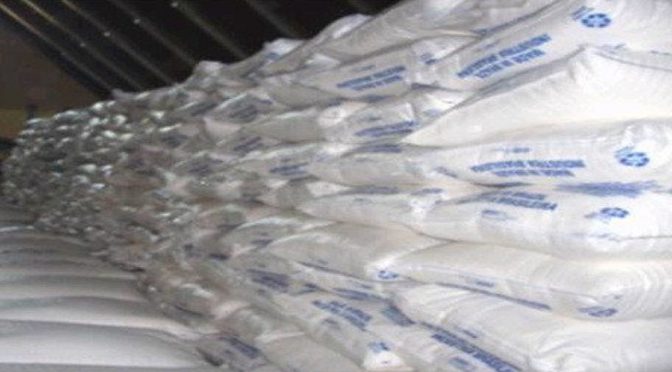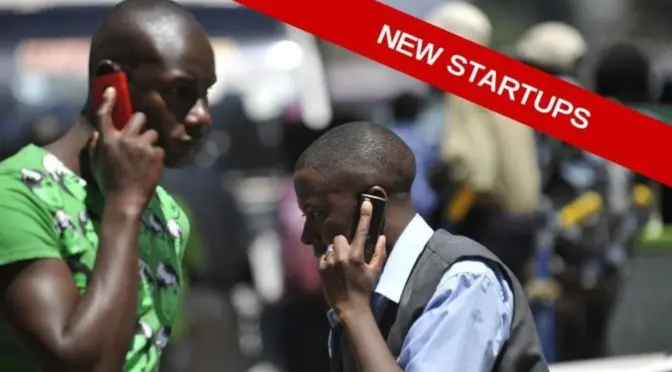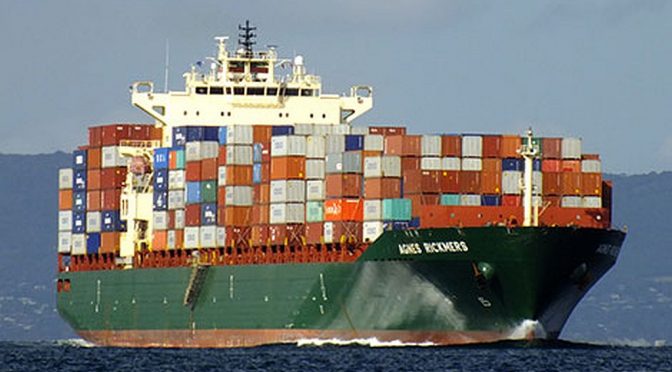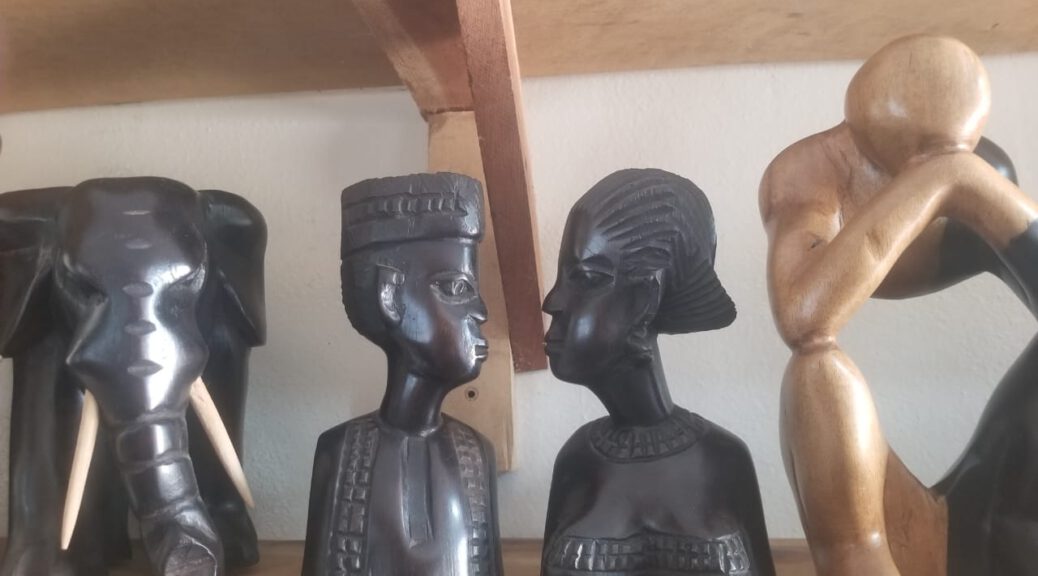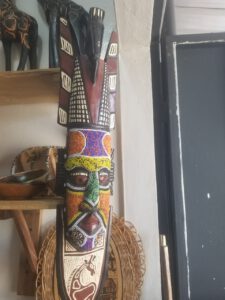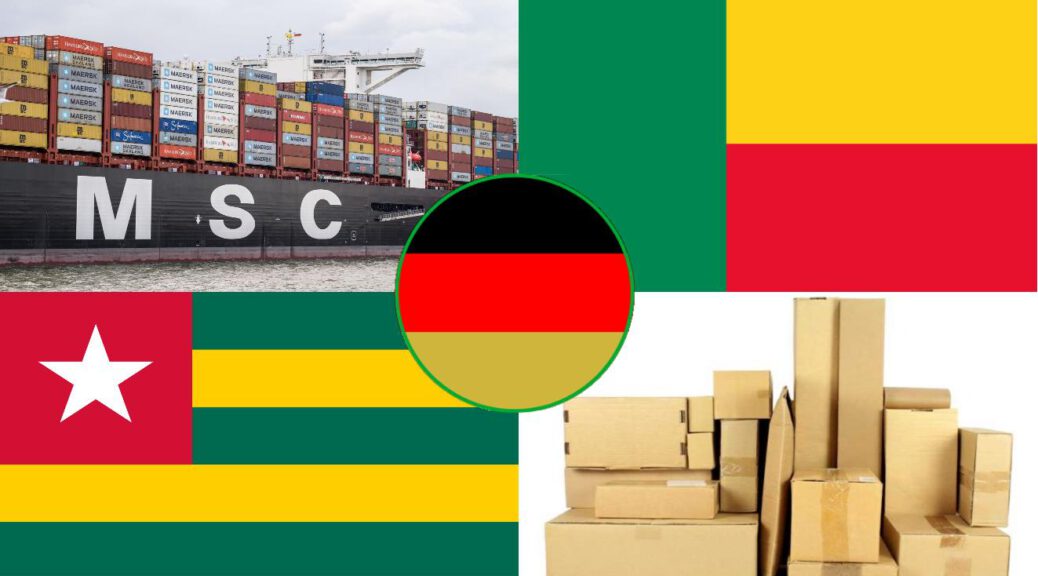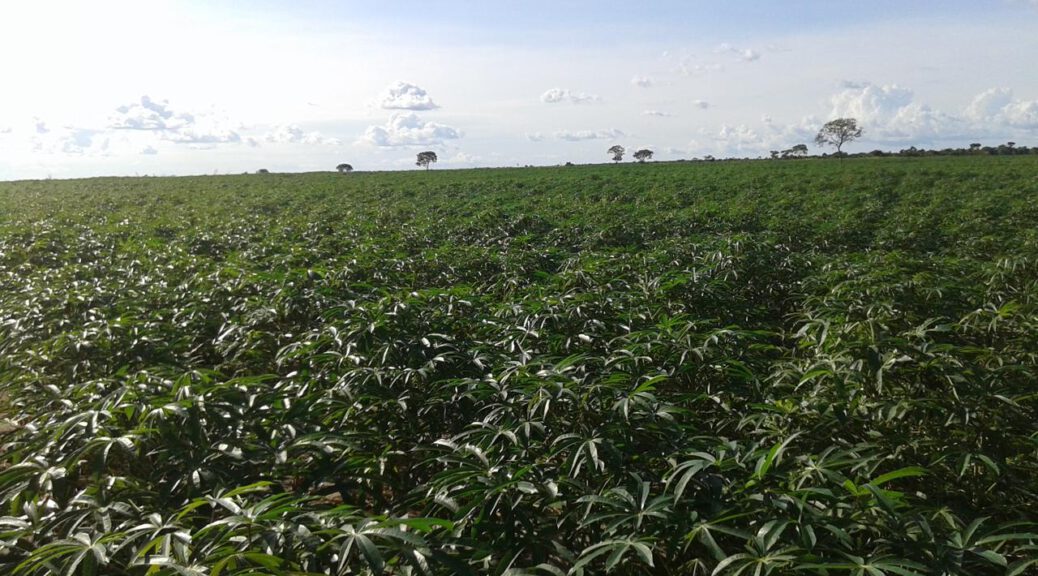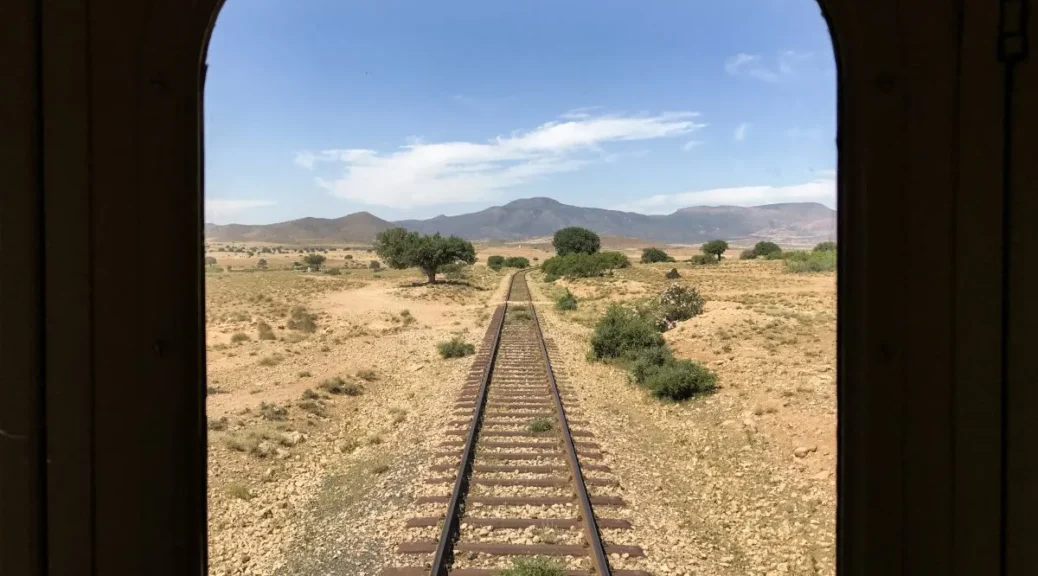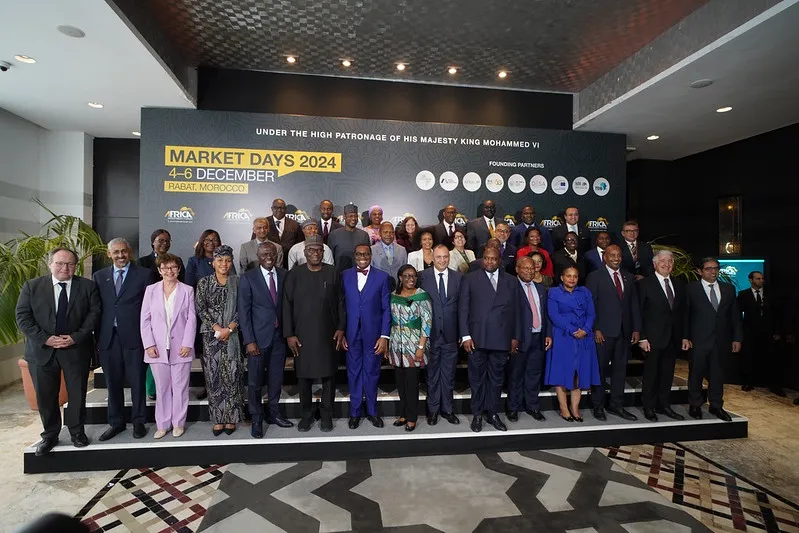There is a cassava factory on the farm with a production capacity of 750 kg of cornmeal per hour and 500 kg of fine flour per hour.
Water capacity for the yard – 2 tanks of 200 m3 each with drinking water, 2 tanks of 50 m3 each with raw water from the farm’s river.
Mains power is 7 km from the farm.
Workers living near the farm: 120 trained to operate the factory
There are 18 family farmers who sell their cassava production to the farm
Usable area of the farm – 4,800 ha
Area already used for cultivation – 700 ha
Final construction area – 8,000 m2
Possible crops other than cassava: arabica coffee, palm oil, corn, beans, soybeans, sunflower. Cassava takes 18 months from planting to harvest and produces 30 to 40 tons per hectare. Other products take 4 months from planting to harvest and produce between 3 and 6 tons per hectare.
Contact:
Michael Patotschka
Phone: +49 1737692688
E-Mail: mpatska@gmail.com






 afric-Invest
afric-Invest